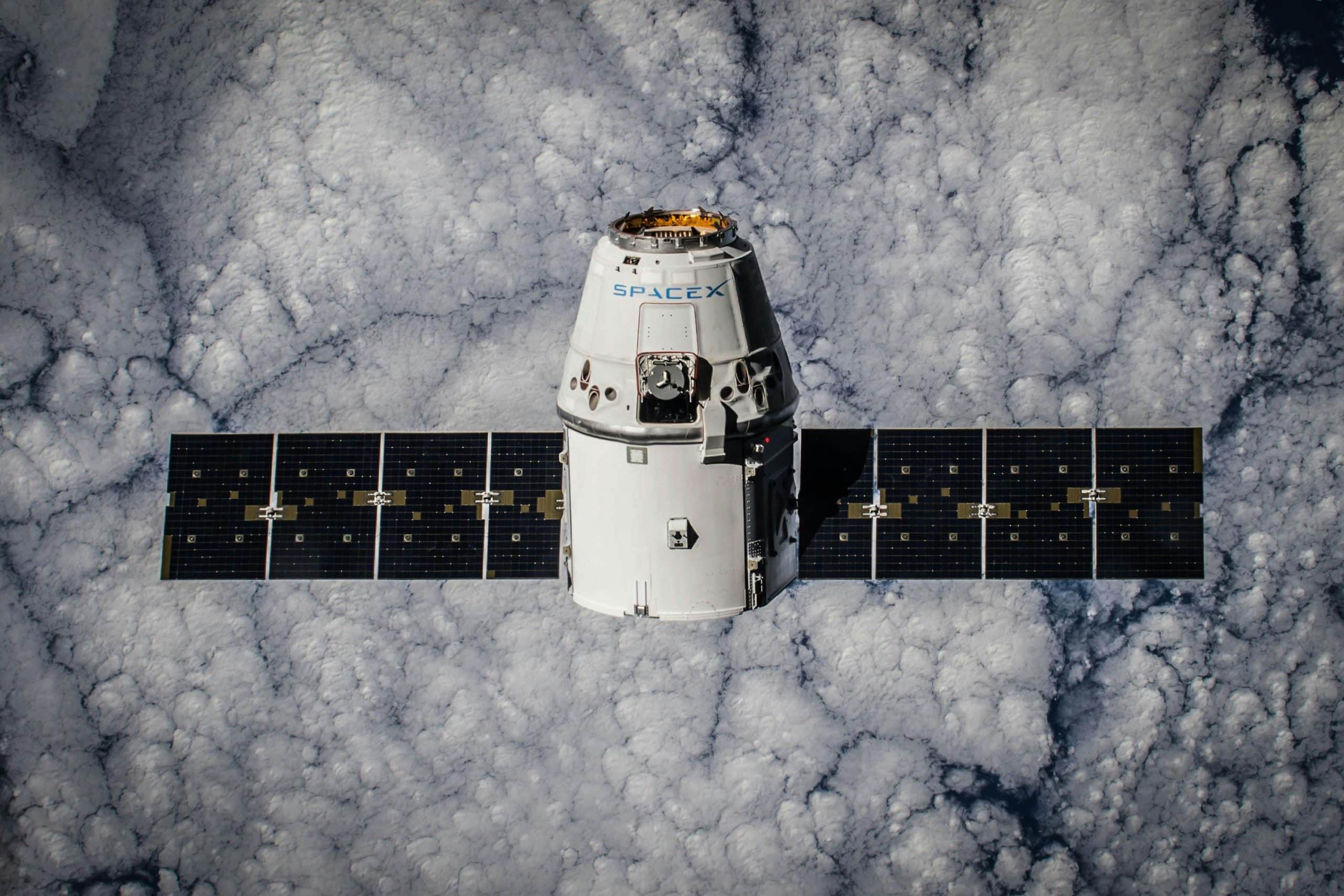How Are Microsatellites Changing the Landscape of Global Communication?

The microsatellite and nanosatellite markets are taking the global communication landscape by storm. Your curiosity about this phenomenon is understandable, and you’re not alone. Many pundits, scholars and even layman observers are keenly interested in the dynamics of this rapidly evolving field.
The Growing Market Size of Microsatellites and Nanosatellites
Changes in the global communication landscape are largely driven by the market dynamics of microsatellites and nanosatellites. According to a data table from a recent market analysis, the value of the global market for these small satellites stood at a staggering USD 3.1 billion in 2023.
Avez-vous vu cela : What Innovations Are Allowing for More Efficient Recyclable Plastics Processing?
The market size for these smaller satellites has witnessed a dramatic increase in recent years. Let’s dissect the factors contributing to this unprecedented growth.
Firstly, advancements in miniaturization technology have made it possible to reduce the size of satellites without compromising their capability. This means companies can now launch more satellites for the same cost, thereby increasing their presence in space.
Lire également : How Is AI Being Used to Enhance Classical Music Composition?
Secondly, governments and commercial entities are increasingly leveraging the potential of these compact satellites. From defense to civil applications, microsatellites and nanosatellites are being used in a myriad of ways.
Lastly, the burgeoning start-up culture has given rise to numerous space ventures that are willing to invest in this promising technology. A quick Google search will yield numerous stories of daring entrepreneurs who are venturing into the cosmos with these pint-sized powerhouses.
The Role of Nanosatellites in Global Communication
The increasing commercial and government use of nanosatellites is significantly shaping global communication. Today, you can use your smartphone to hail a cab, order food or speak to someone halfway around the globe, and nanosatellites play a crucial role in this.
These small satellites provide high-speed data services and are the backbone of modern communication systems. They are used for various commercial purposes, from providing internet coverage in remote areas to supporting smartphone connectivity.
Furthermore, nanosatellites are also used for scientific research. These tiny titans of technology can collect data about the Earth’s atmosphere, monitor climate change, and contribute to the field of astronomy.
In the defense sector, nanosatellites have found a prominent place. They are used for surveillance, reconnaissance, and communication. Their small size and relatively low cost make them an attractive option for defense agencies around the globe.
The Impact of Microsatellites on Global Communication
The influence of microsatellites on global communication is equally significant. They are larger than nanosatellites but still smaller than traditional satellites. Their utility lies in their ability to form ‘constellations’ or groups, which can work together to provide comprehensive coverage.
Microsatellites have revolutionized communication in a number of ways. For instance, they have made it possible to access real-time information about weather, natural disasters, and other important events from anywhere in the world.
Moreover, they have transformed the telecommunications industry by providing reliable and efficient communication services. Many internet service providers now depend on microsatellites for their operations.
Furthermore, microsatellites are playing a pivotal role in the development of the Internet of Things (IoT). As more devices become interconnected, microsatellites will play an increasingly important role in ensuring seamless communication.
As with nanosatellites, microsatellites also play a significant role in defense and civil applications. They are used for navigation, weather observation, scientific research, and much more.
The Future of Global Communication
So, how will the increasing use of microsatellites and nanosatellites shape the future of global communication? Well, the signs all point towards exciting times ahead.
Firstly, these small satellites will make communication more accessible and affordable. As more companies enter the market, competition will drive down the costs, making satellite-based services within reach for more people.
Secondly, they will help bridge the digital divide. By providing internet coverage in remote areas, they will ensure that everyone, irrespective of their location, has access to digital services.
Furthermore, they will enable real-time data collection and analysis. This will have far-reaching implications in fields such as weather forecasting, disaster management, and scientific research.
Last but not least, they will play a significant role in the defense sector. Their ability to provide surveillance and communication services will make them invaluable assets for defense agencies.
In a nutshell, the microsatellite and nanosatellite revolution is dramatically reshaping the landscape of global communication. While it’s impossible to predict the future with certainty, one thing is clear – the influence of these tiny satellites is here to stay.
The Challenges Ahead
The growth in the use of nanosatellites and microsatellites is not without its challenges. There are concerns about space debris, given the large number of these satellites in orbit. There are also regulatory challenges, as existing laws struggle to keep up with this new space race.
Moreover, there are technical challenges to be overcome. Ensuring reliable communication, especially in adverse weather conditions, is a significant hurdle. In addition, there is the issue of cybersecurity, with these satellites being potential targets for hacking.
Despite these challenges, the future of nanosatellites and microsatellites looks promising. With concerted efforts from all stakeholders – governments, commercial entities, and scholars – these challenges can be overcome, paving the way for a new era in global communication.
Microsatellite and Nanosatellite Market Analysis: A Yearly Perspective
The microsatellite market and the nanosatellite market have been growing at an exponential rate. Over the last several years, the microsatellites’ annual sales have been witnessing a consistent increase. According to a CAGR table from an independent analysis, the compounded annual growth rate of the microsatellite market is on an upward trajectory.
A similar trend is observed in the nanosatellite market. Their annual sales have been skyrocketing, showing a robust expansion of this sector. A percentage breakdown of the sales over the years underlines the growing dominance of these tiny satellites in the global communication landscape.
The surge in the microsatellites and nanosatellites market is not confined to a specific geographic region. This growth is a global phenomenon, transcending national boundaries. A detailed geographic region analysis would reveal that countries across continents are investing in microsatellites and nanosatellites, thus fuelling their global demand. The independent analysis further underscores the role of both the commercial and defense sectors in driving this growth.
Microsatellites and Nanosatellites in Security and Government Operations
Microsatellites and nanosatellites have gradually carved a niche for themselves in security and government operations. Today, they are being increasingly used for a wide array of applications, from Earth observation to surveillance.
In the security sector, microsatellites and nanosatellites have emerged as a game-changer. They are being used for surveillance operations, providing real-time data about potential threats. Their small size makes them less detectable, thereby enhancing their effectiveness in covert operations.
Moreover, these satellites are being deployed for various government and civil applications. They play a pivotal role in Earth observation, aiding in environmental monitoring, climate analysis, and weather forecasting. They not only provide invaluable data for scientific research but also help in disaster management, thus contributing to the safety and well-being of citizens.
Furthermore, with the advent of Google Scholar, information about the latest research in the field of microsatellites and nanosatellites is just a click away. This has led to a surge in scholarly interest in these tiny satellites, thus further driving their market growth.
Conclusion: A Global Nanosatellite and Microsatellite Revolution
The nanosatellite and microsatellite revolution is in full swing, radically transforming the landscape of global communication. The market analysis shows a clear upward trend in the annual sales of these small satellites, pointing towards an increasingly satellite-driven future.
However, as these satellites continue to proliferate, challenges are bound to arise. These range from space debris management to regulatory issues and technical hurdles. Cybersecurity is another area of concern, given the potential threat of hacking. These challenges necessitate a balanced approach, combining innovation with responsibility.
Despite these hurdles, the future looks promising. The benefits offered by nanosatellites and microsatellites – from enhancing global communication to aiding in scientific research and defense operations – far outweigh the challenges. As the world continues to embrace this technology, it’s clear that these tiny satellites are not just a passing trend but a mainstay in global communication. And with continued efforts from all stakeholders, they are set to catalyze a new era in global communication.
